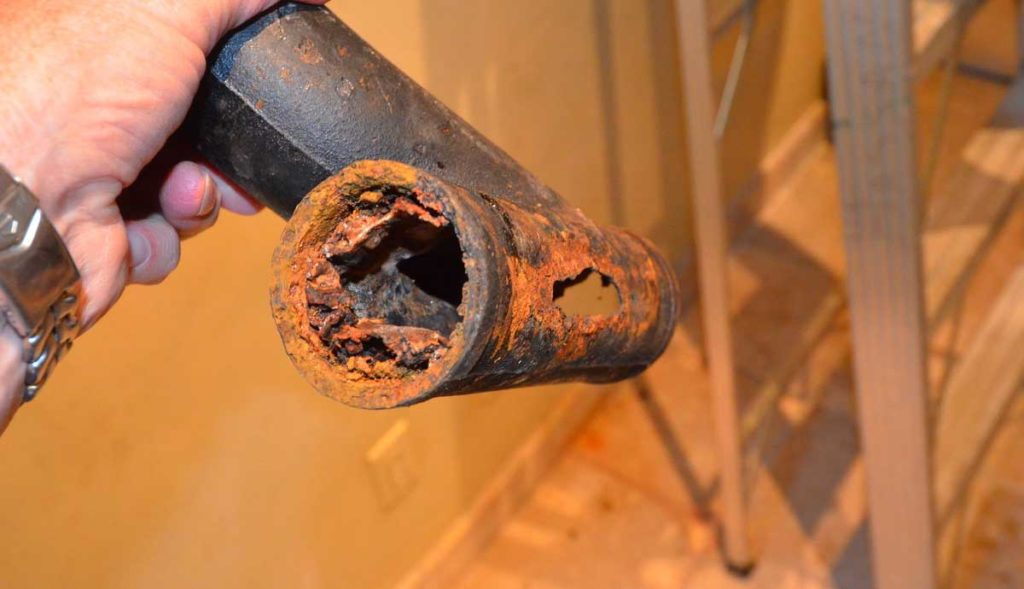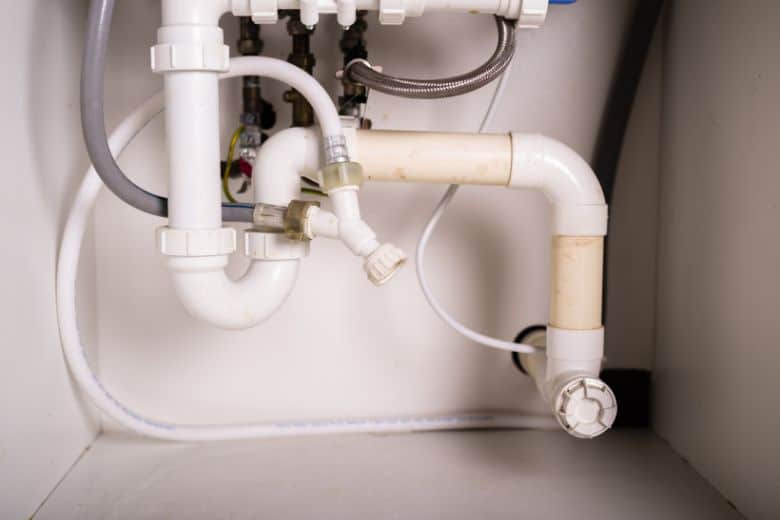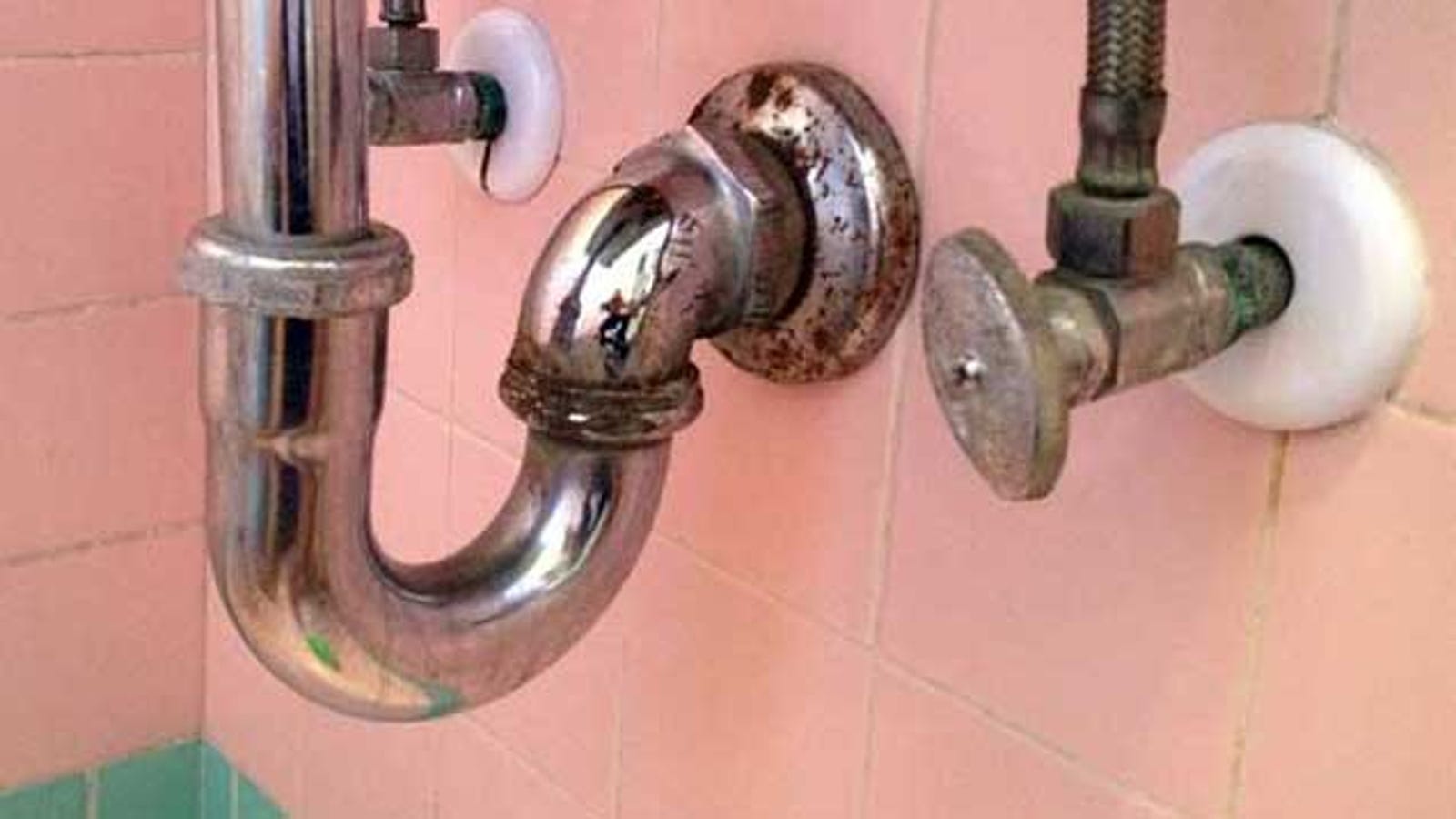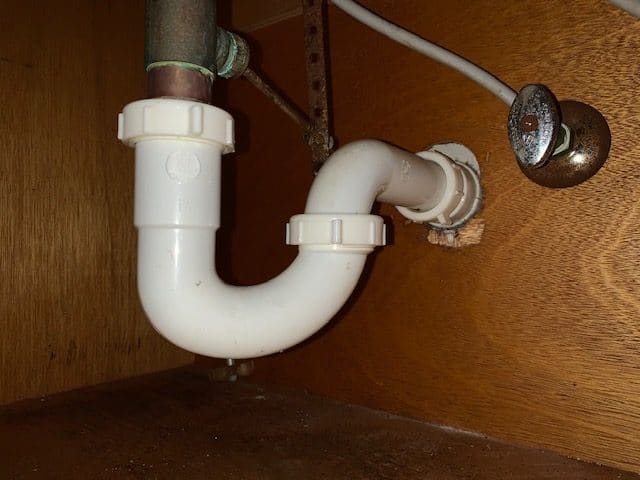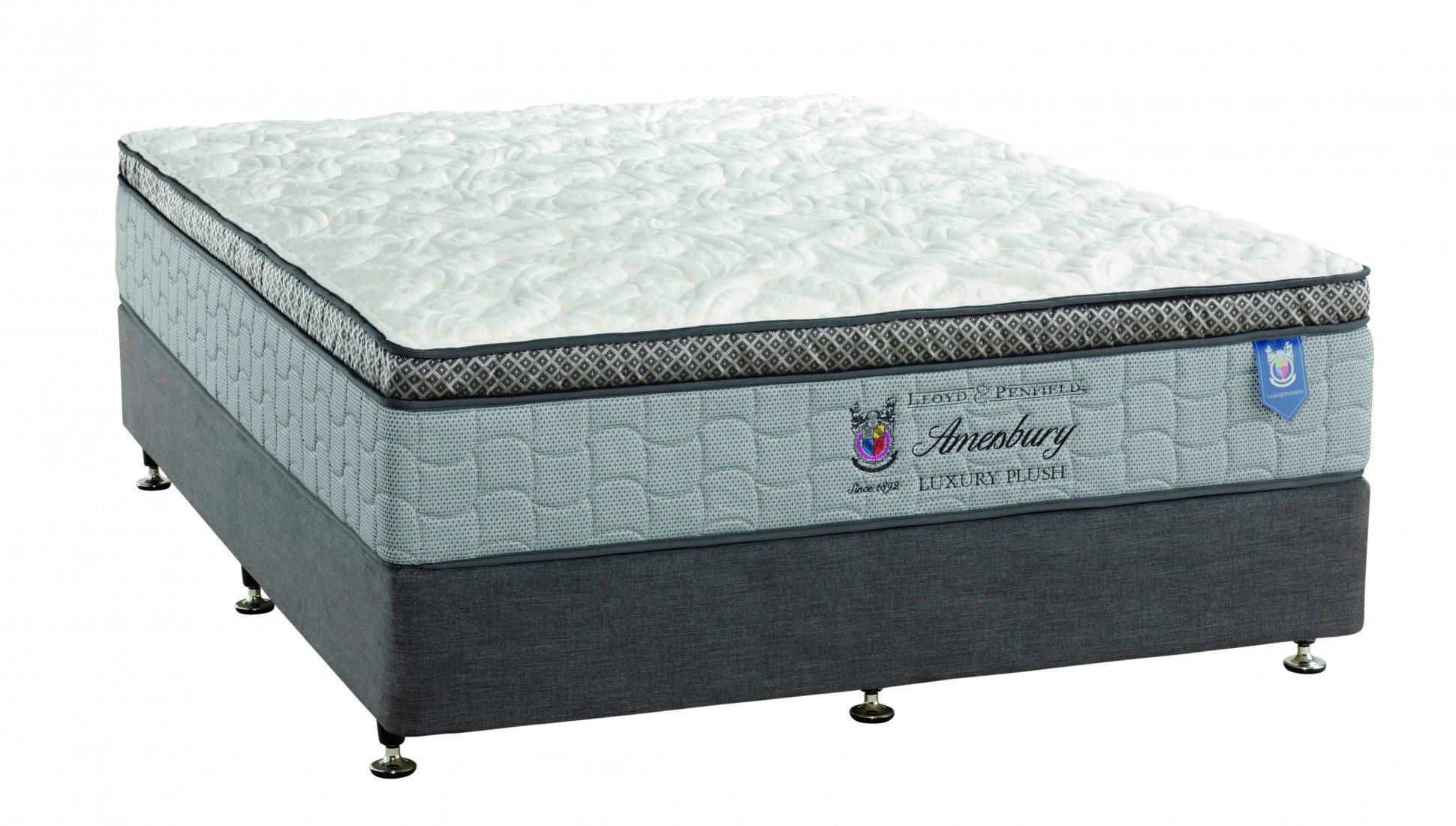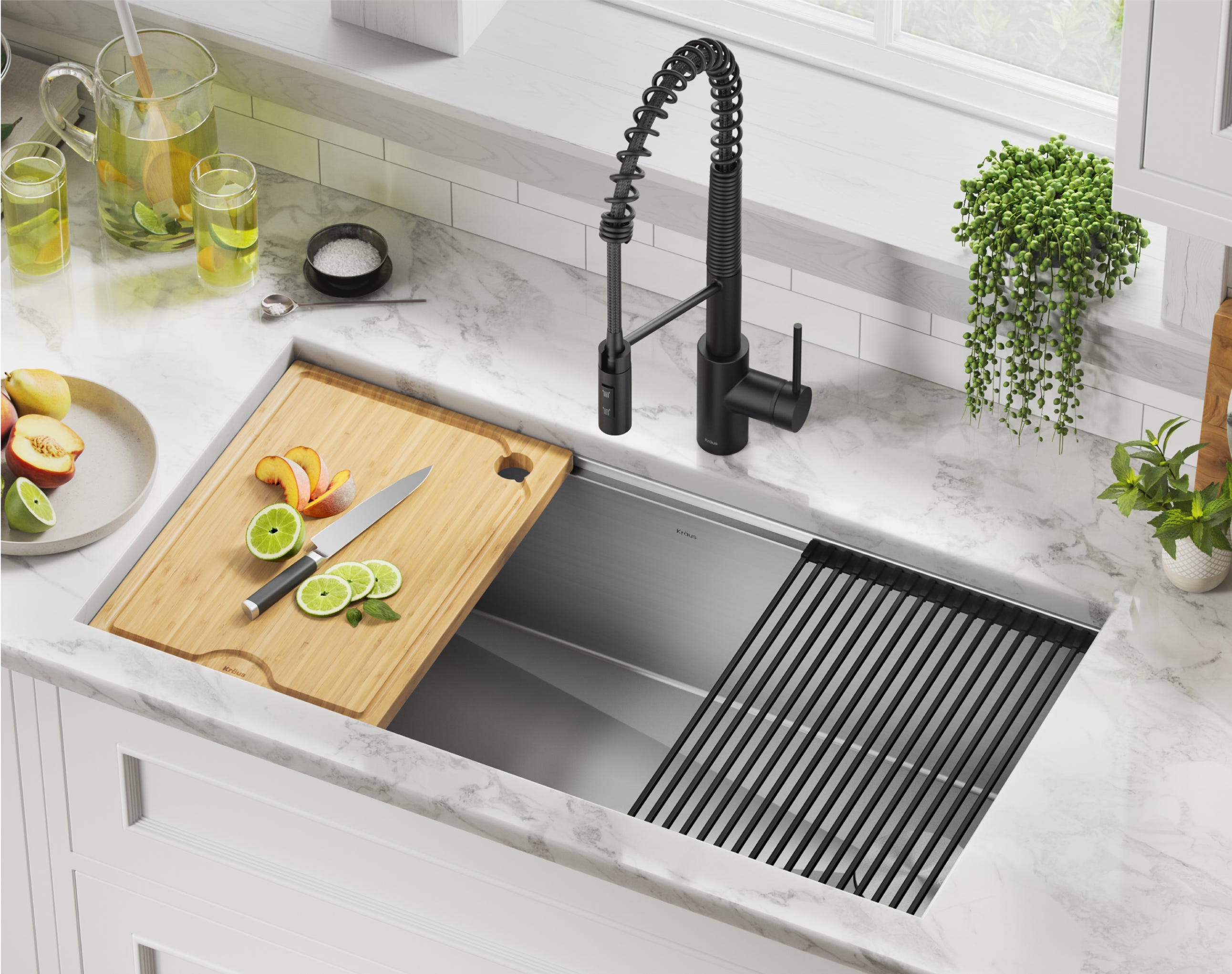If your kitchen sink drain is clogged, you're not alone. It's a common household problem that can be frustrating to deal with. The good news is, there are several simple and effective ways to clear a clogged kitchen sink drain. Here's how: First, try using a plunger. This can often dislodge the blockage and allow water to flow freely again. Make sure to use a plunger specifically designed for sinks, as they have a flat bottom that creates a better seal over the drain. If the plunger doesn't work, you can try using a plumbing snake or auger. This tool is inserted into the drain and then twisted to break up and remove the clog. You can purchase a plumbing snake at most hardware stores. Another DIY method for unclogging a kitchen sink drain is using a mixture of baking soda and vinegar. Start by pouring a pot of boiling water down the drain, followed by 1/2 cup of baking soda. After a few minutes, pour a mixture of 1 cup of vinegar and 1 cup of hot water down the drain. Cover the drain with a plug or cloth for 10-15 minutes, then flush with hot water. If these methods don't work, it may be time to call in a professional drain cleaning service. They have the tools and expertise to tackle even the toughest clogs and can save you time and frustration.1. How to Unclog a Kitchen Sink Drain
Dealing with a clogged kitchen sink drain can be a hassle, but there are some easy DIY methods you can try before calling in a professional. Here are a few more methods for clearing a clogged kitchen sink drain: If you have a garbage disposal, try running it to see if that helps loosen the blockage. You can also try pouring hot water and dish soap down the drain to break up any grease or food particles that may be causing the clog. For a more natural approach, you can use a combination of salt and baking soda. Mix 1/2 cup of each and pour it down the drain, followed by a pot of boiling water. Let it sit for a few minutes, then flush with hot water. If you have a wet/dry vacuum, you can also try using that to remove the clog. Place the vacuum's nozzle over the drain and create a tight seal, then turn it on to suck out the blockage.2. DIY Methods for Clearing a Clogged Kitchen Sink Drain
Understanding the common causes of a clogged kitchen sink drain can help you prevent future blockages. Some of the most common culprits include: Food particles and grease: The main cause of a clogged kitchen sink drain is food particles and grease that build up over time. Avoid pouring cooking oil or grease down the drain, and use a sink strainer to catch food particles. Foreign objects: Accidentally dropping items down the drain, such as utensils or small toys, can also cause clogs. Make sure to be careful when using the sink and keep an eye on small objects that could fall in. Old pipes: Over time, pipes can become worn or corroded, which can lead to clogs. If you have an older home, it may be beneficial to have your pipes inspected and replaced if necessary.3. Common Causes of a Clogged Kitchen Sink Drain
Baking soda and vinegar are a powerful duo when it comes to unclogging a kitchen sink drain. The chemical reaction between the two ingredients can help break down and remove blockages. Here's how to use them: First, pour 1/2 cup of baking soda down the drain. Then, pour 1 cup of vinegar down the drain and cover it with a plug or cloth. Let it sit for 10-15 minutes, then flush with hot water. You can also add a pot of boiling water for an extra boost. If you have a stubborn clog, you may need to repeat this process a few times. You can also try adding a little salt to the mixture for added cleaning power.4. Using Baking Soda and Vinegar to Unclog a Kitchen Sink Drain
If you've tried DIY methods and your kitchen sink drain is still clogged, it may be time to call in a professional drain cleaning service. They have specialized tools and techniques to effectively remove even the toughest clogs. Professional drain cleaning services may use methods such as hydro jetting, which uses high-pressure water to blast away blockages, or video camera inspection to identify the exact location and cause of the clog. They can also provide tips and advice for preventing future clogs.5. Professional Drain Cleaning Services for a Clogged Kitchen Sink
Prevention is key when it comes to avoiding a clogged kitchen sink drain. Here are some simple tips to keep your drain free and clear: Use a sink strainer: A sink strainer can catch food particles and prevent them from going down the drain and causing a clog. Avoid pouring grease down the drain: Grease can solidify and stick to the inside of pipes, causing blockages. Instead, pour grease into a container and dispose of it in the trash. Run hot water after using the sink: After using the sink, run hot water for a few seconds to help flush away any particles that may be sticking to the pipes. Use natural drain cleaners: Chemical drain cleaners can be harsh on pipes and harmful to the environment. Instead, opt for natural methods like baking soda and vinegar or enzyme-based cleaners.6. Tips for Preventing a Clogged Kitchen Sink Drain
A plunger is a handy tool for clearing a clogged kitchen sink drain. Here's how to use it effectively: Start by filling the sink with a few inches of water to create a seal for the plunger. Then, place the plunger over the drain and push down and pull up repeatedly. This motion helps to create suction and dislodge the blockage. If the water in the sink starts to drain, continue plunging until it's completely cleared. If it doesn't, you may need to try another method or call a professional.7. How to Use a Plunger to Clear a Clogged Kitchen Sink Drain
When it comes to unclogging a kitchen sink drain, you have a few options, including chemical drain cleaners and natural methods. Here are some things to consider when deciding which method to use: Chemical drain cleaners can be harsh on pipes and the environment, and they may not be effective for stubborn clogs. Natural methods like baking soda and vinegar are safer and more eco-friendly, but they may require multiple attempts to fully clear the blockage. If you have a particularly stubborn clog, a combination of both methods may be necessary. However, it's important to always follow the instructions and safety precautions when using chemical drain cleaners.8. Chemical Drain Cleaners vs. Natural Methods for Unclogging a Kitchen Sink Drain
Knowing the signs of a clogged kitchen sink drain can help you address the problem before it becomes a bigger issue. Here are some common signs to look out for: Slow draining water: If you notice that the water in your sink is draining more slowly than usual, it could be a sign of a clog. Unpleasant odors: A clogged kitchen sink drain can cause foul odors to emanate from your sink. This can be due to food particles and bacteria trapped in the drain. Strange noises: If you hear gurgling or bubbling sounds coming from your sink when the water is draining, it could indicate a clog. If you notice any of these signs, it's best to address the clog sooner rather than later to prevent it from becoming a bigger problem.9. Signs That Your Kitchen Sink Drain is Clogged and Needs to be Cleared
If all else fails, you may need to remove and clean the P-trap to clear a clogged kitchen sink drain. The P-trap is a curved pipe under the sink that traps debris and prevents it from going further into the plumbing system. To remove the P-trap, place a bucket or container underneath to catch any water or debris that may come out. Use pliers to loosen the nuts on either end of the trap, then carefully remove it. Clean out any debris and reattach the trap, making sure the nuts are tightened securely. If you're not comfortable removing the P-trap yourself, it's best to call a professional plumber to avoid causing further damage to your plumbing. In conclusion, a clogged kitchen sink drain can be a nuisance, but it's not an uncommon problem. With these tips and methods, you can effectively clear the clog and prevent future ones from occurring. Remember to always take precautions and seek professional help if needed. A clear and functioning kitchen sink drain will make your life easier and your kitchen more enjoyable to use. 10. How to Remove and Clean the P-trap to Clear a Clogged Kitchen Sink Drain
How to Prevent a Clogged Kitchen Sink Drain and Maintain a Functional House Design

Understanding the Causes of Kitchen Sink Drain Clogs
 A clogged kitchen sink drain is a common household issue that can cause inconvenience and disrupt the functionality of your house design. The main culprit behind this problem is often food particles, grease, and other debris that get trapped in the drain pipe, gradually building up and eventually causing a blockage. This can lead to slow drainage, bad odors, and even water backups. Additionally, older houses may have outdated plumbing systems that are more prone to clogs. As a homeowner, it is essential to understand the causes of a clogged drain in order to prevent this issue from occurring.
A clogged kitchen sink drain is a common household issue that can cause inconvenience and disrupt the functionality of your house design. The main culprit behind this problem is often food particles, grease, and other debris that get trapped in the drain pipe, gradually building up and eventually causing a blockage. This can lead to slow drainage, bad odors, and even water backups. Additionally, older houses may have outdated plumbing systems that are more prone to clogs. As a homeowner, it is essential to understand the causes of a clogged drain in order to prevent this issue from occurring.
Preventing Clogs in Your Kitchen Sink Drain
 The good news is that there are simple steps you can take to prevent a clogged kitchen sink drain and maintain a functional house design. The first and most important step is to be mindful of what you put down your drain. Avoid disposing of food scraps, grease, and oil down the sink as these can easily accumulate and cause clogs. Instead, scrape off excess food into the trash and use a strainer or stopper to catch any remaining debris. It is also recommended to regularly pour boiling water down the drain to help break down any buildup.
Another preventive measure is to avoid using chemical drain cleaners. These harsh chemicals can damage your pipes and may not effectively solve the issue, leading to more problems in the long run. Instead, try using natural alternatives like baking soda and vinegar to clear minor clogs.
The good news is that there are simple steps you can take to prevent a clogged kitchen sink drain and maintain a functional house design. The first and most important step is to be mindful of what you put down your drain. Avoid disposing of food scraps, grease, and oil down the sink as these can easily accumulate and cause clogs. Instead, scrape off excess food into the trash and use a strainer or stopper to catch any remaining debris. It is also recommended to regularly pour boiling water down the drain to help break down any buildup.
Another preventive measure is to avoid using chemical drain cleaners. These harsh chemicals can damage your pipes and may not effectively solve the issue, leading to more problems in the long run. Instead, try using natural alternatives like baking soda and vinegar to clear minor clogs.
Maintaining Your Plumbing System
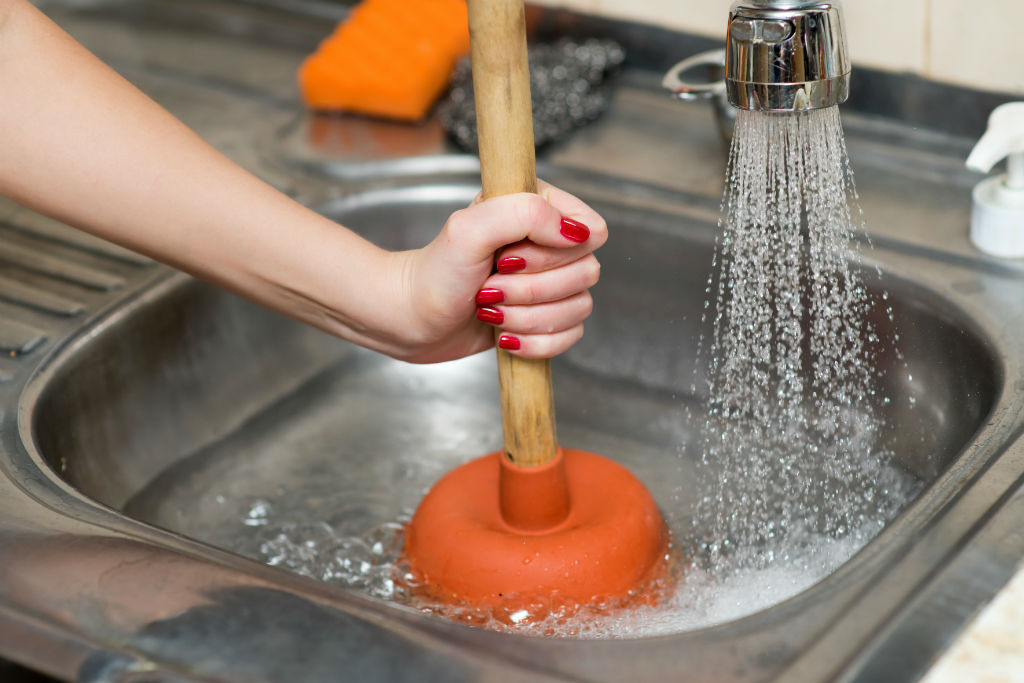 Aside from being mindful of what goes down your drain, it is also important to regularly maintain your plumbing system to prevent clogs and maintain a functional house design. This includes checking for leaks, replacing worn-out pipes, and scheduling regular professional inspections and cleanings. Investing in a garbage disposal can also help prevent clogs by breaking down food particles before they reach the drain.
In conclusion, a clogged kitchen sink drain can be a frustrating and disruptive issue, but it can be easily prevented by being mindful of what goes down your drain and maintaining your plumbing system. By following these tips, you can ensure a functional and efficient house design without the hassle of dealing with clogs.
Aside from being mindful of what goes down your drain, it is also important to regularly maintain your plumbing system to prevent clogs and maintain a functional house design. This includes checking for leaks, replacing worn-out pipes, and scheduling regular professional inspections and cleanings. Investing in a garbage disposal can also help prevent clogs by breaking down food particles before they reach the drain.
In conclusion, a clogged kitchen sink drain can be a frustrating and disruptive issue, but it can be easily prevented by being mindful of what goes down your drain and maintaining your plumbing system. By following these tips, you can ensure a functional and efficient house design without the hassle of dealing with clogs.


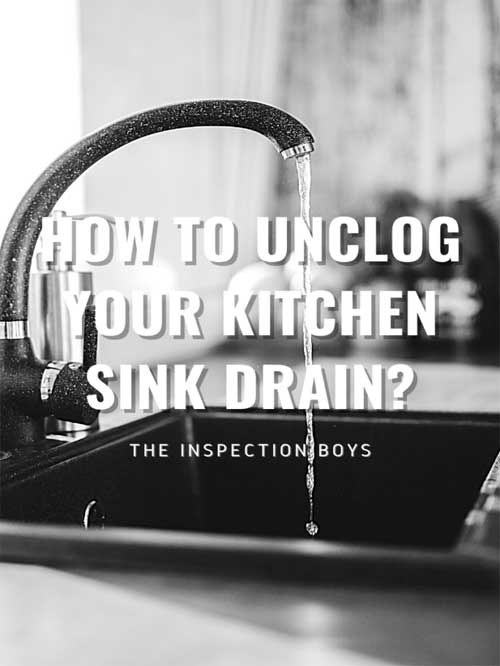




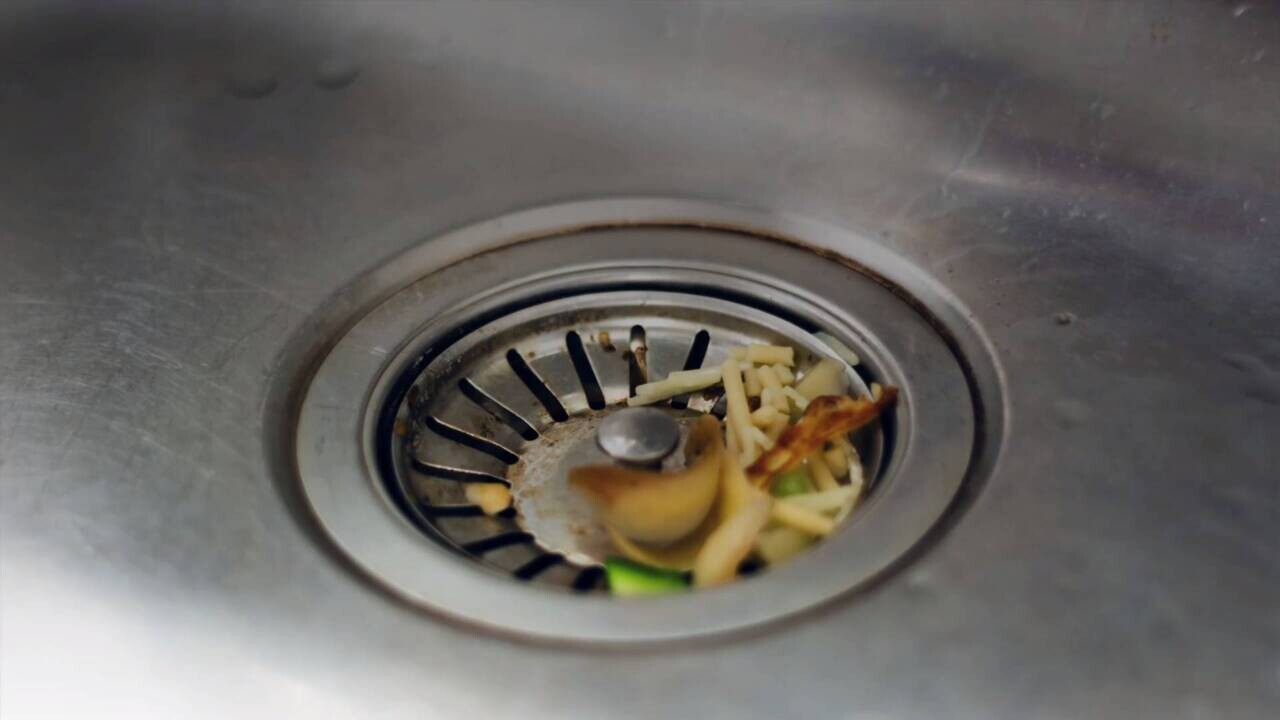

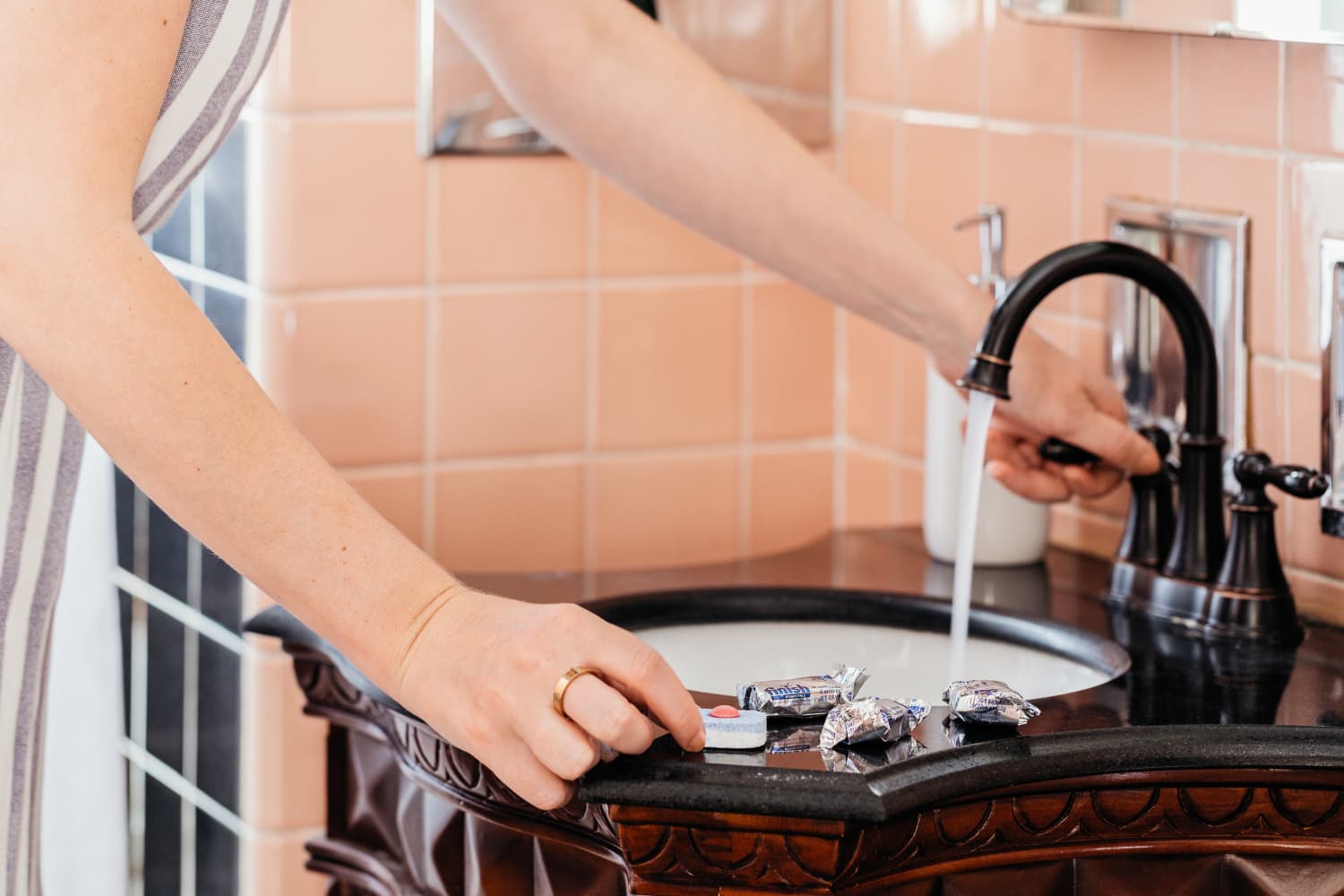


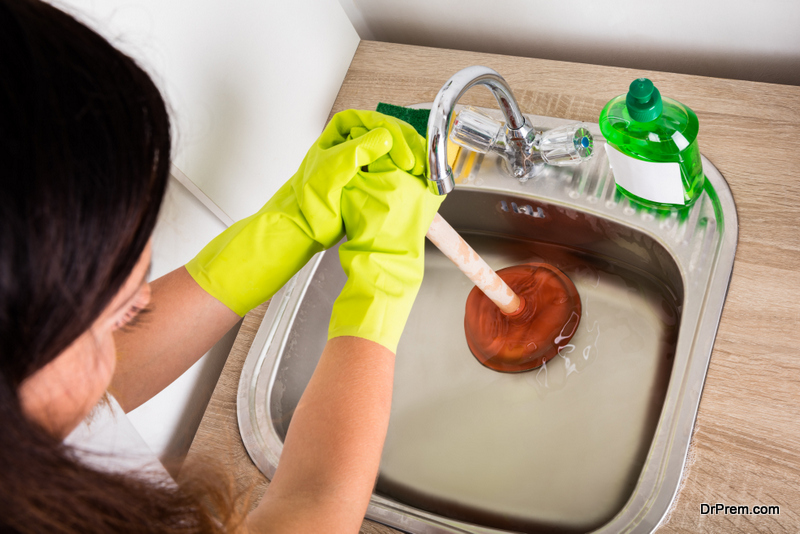


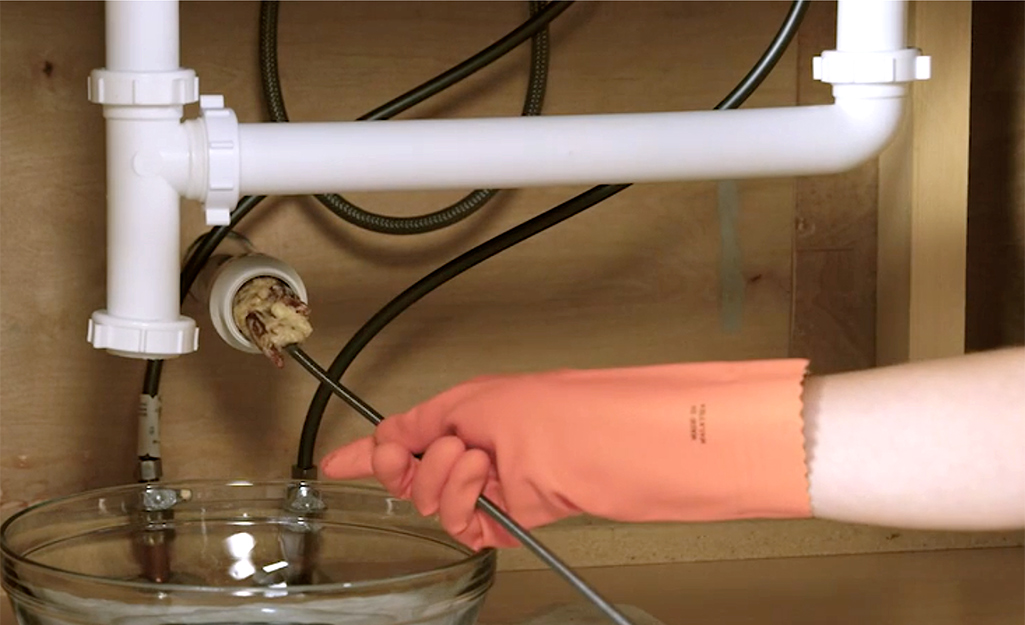










/signs-of-a-sewer-drain-clog-2718943_FINAL-7306dab348804135897b63a4411cdfdf.png)


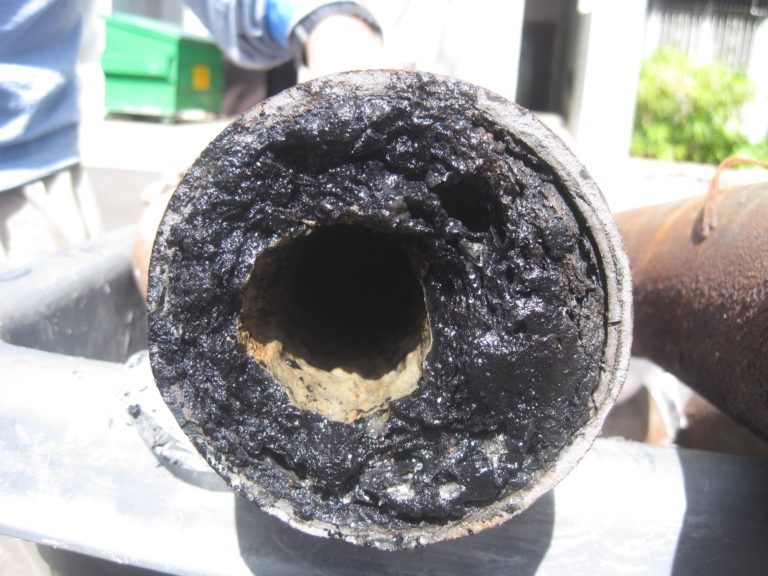




:max_bytes(150000):strip_icc()/freshen-and-unclog-drain-with-baking-soda-1900466-22-bbf940b70afa4d5abef0c54da23b1d3f.jpg)
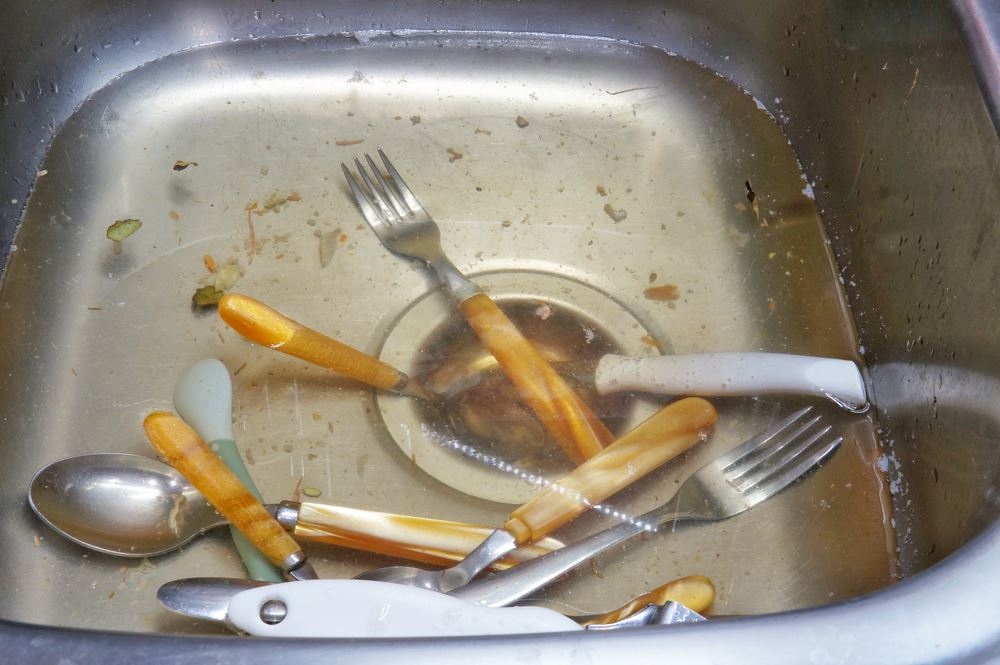
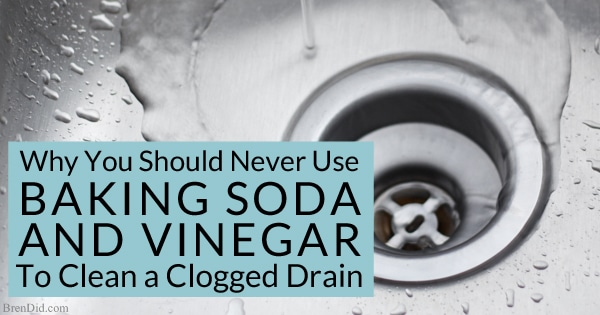
:max_bytes(150000):strip_icc()/freshen-and-unclog-drain-with-baking-soda-1900466-18-1a5b5da01939471ca8f8823865bd1ce8.jpg)

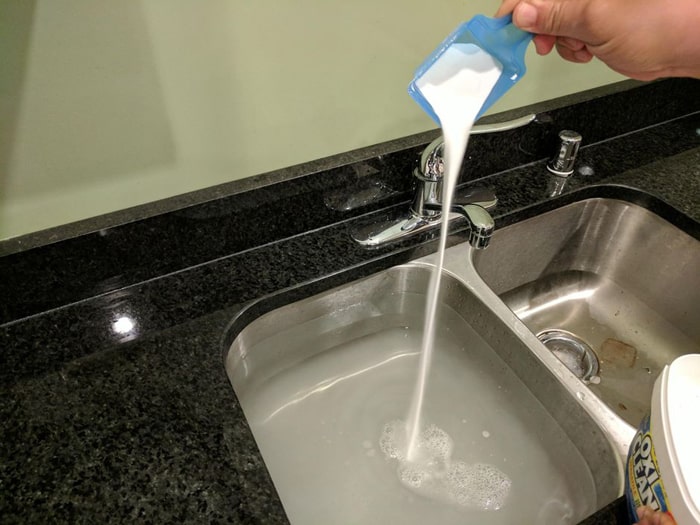
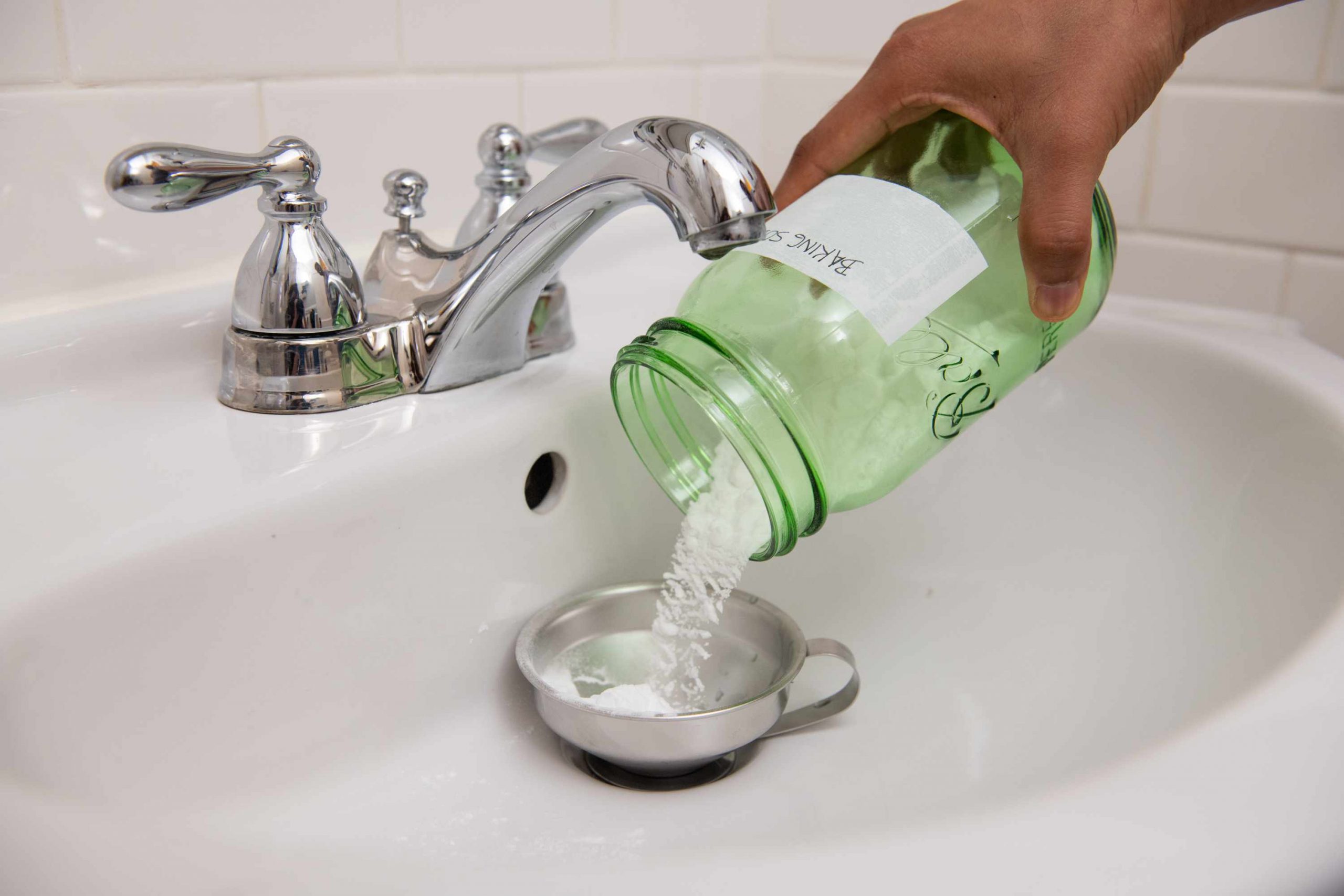

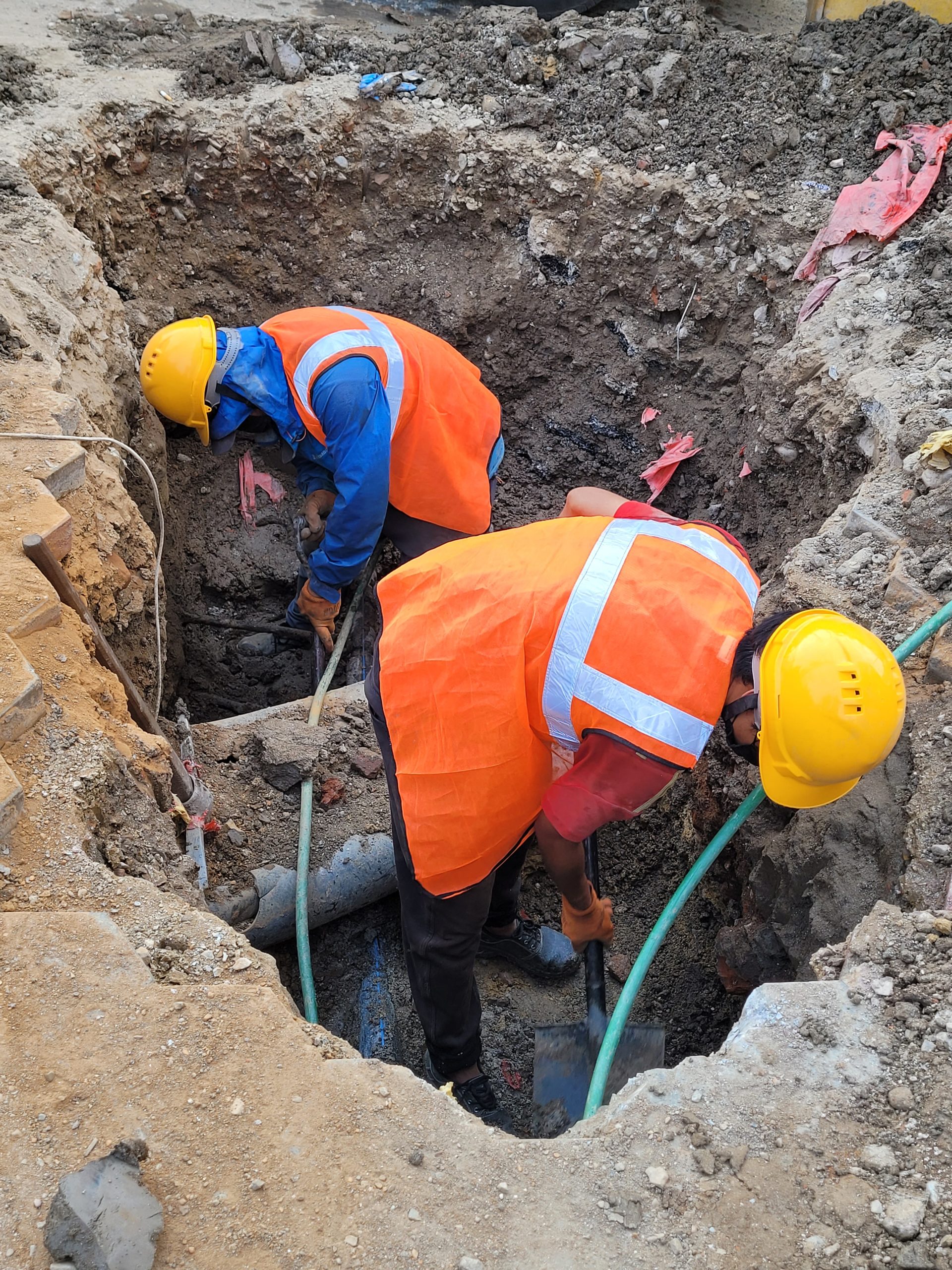

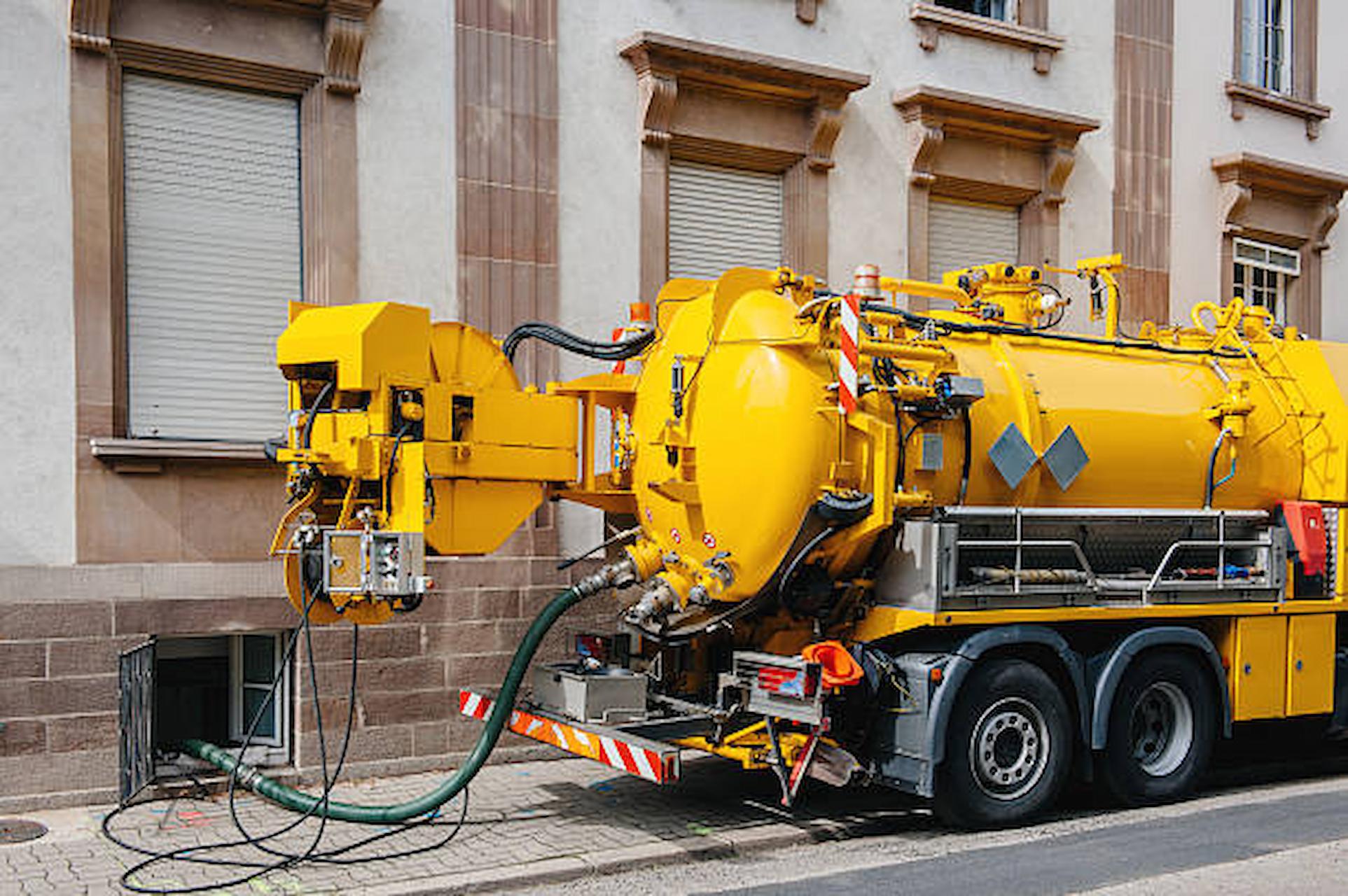
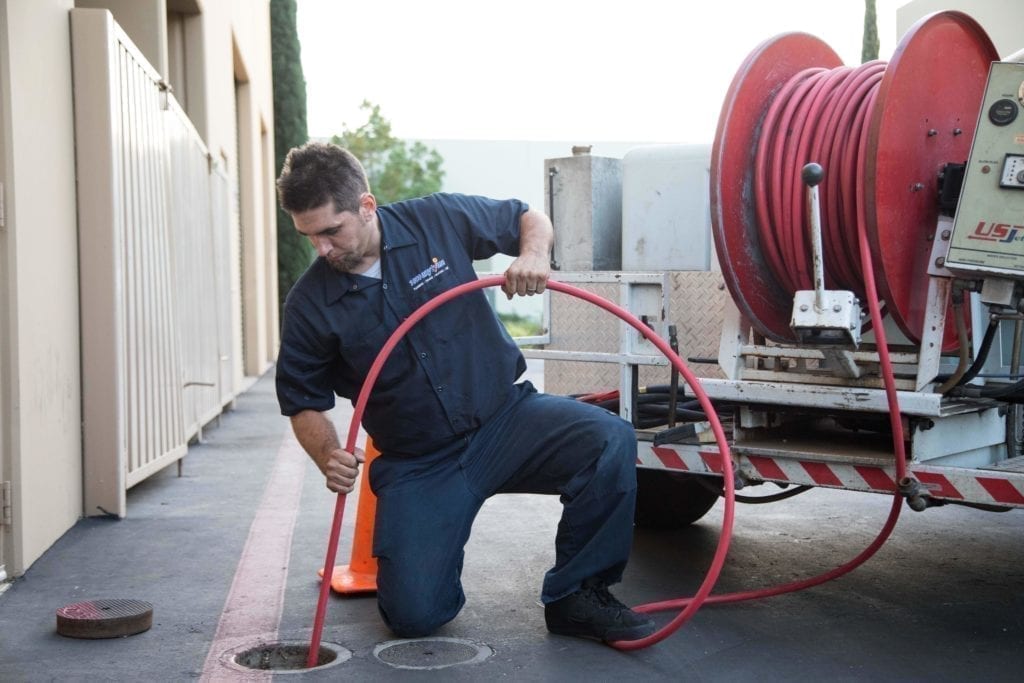



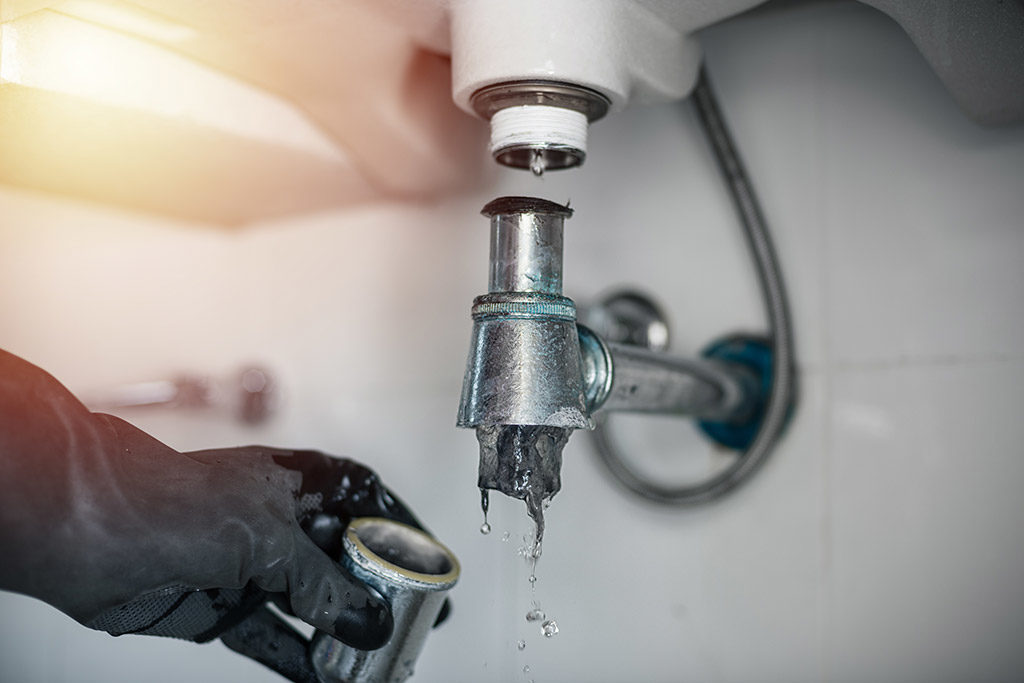







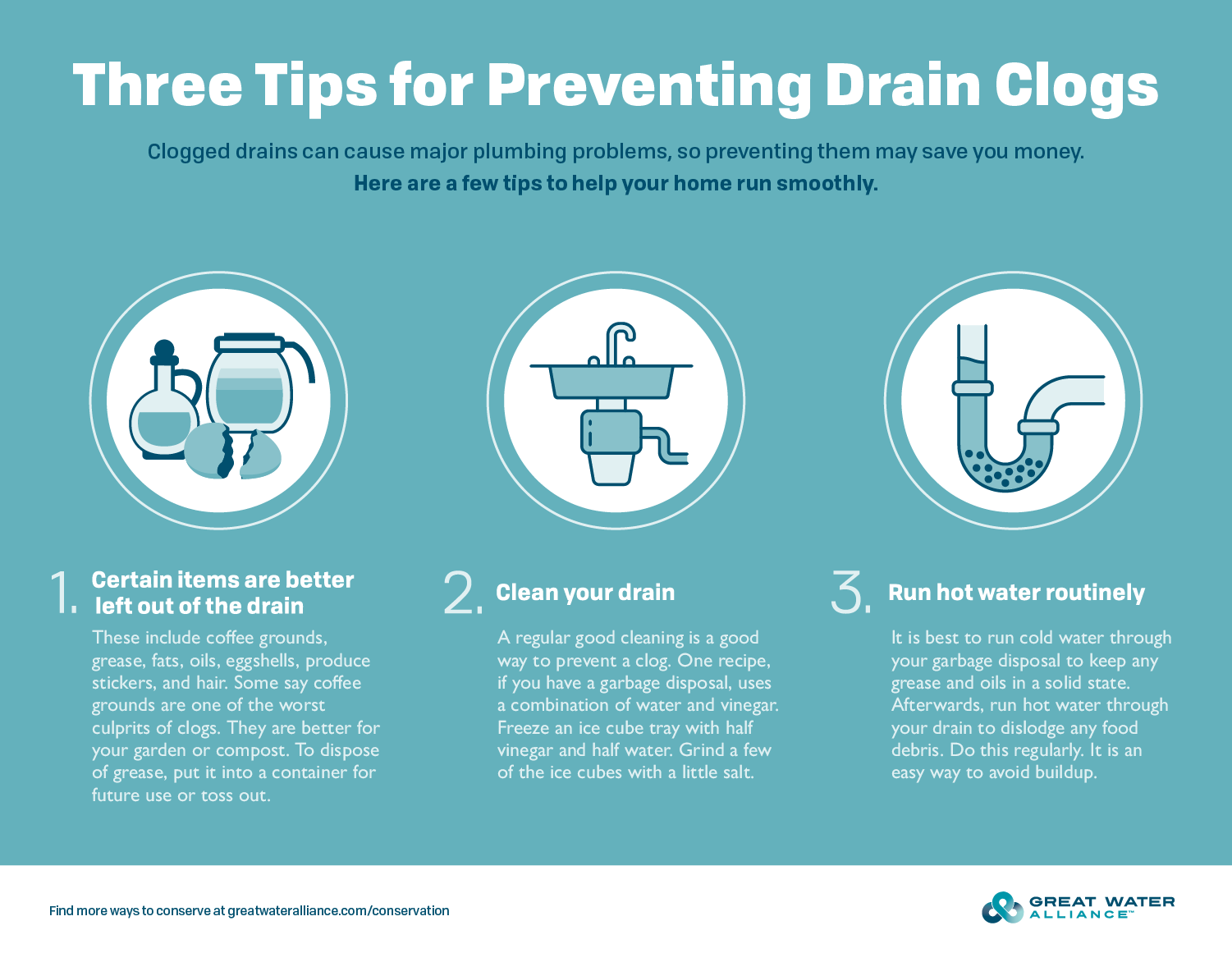














.jpg)

